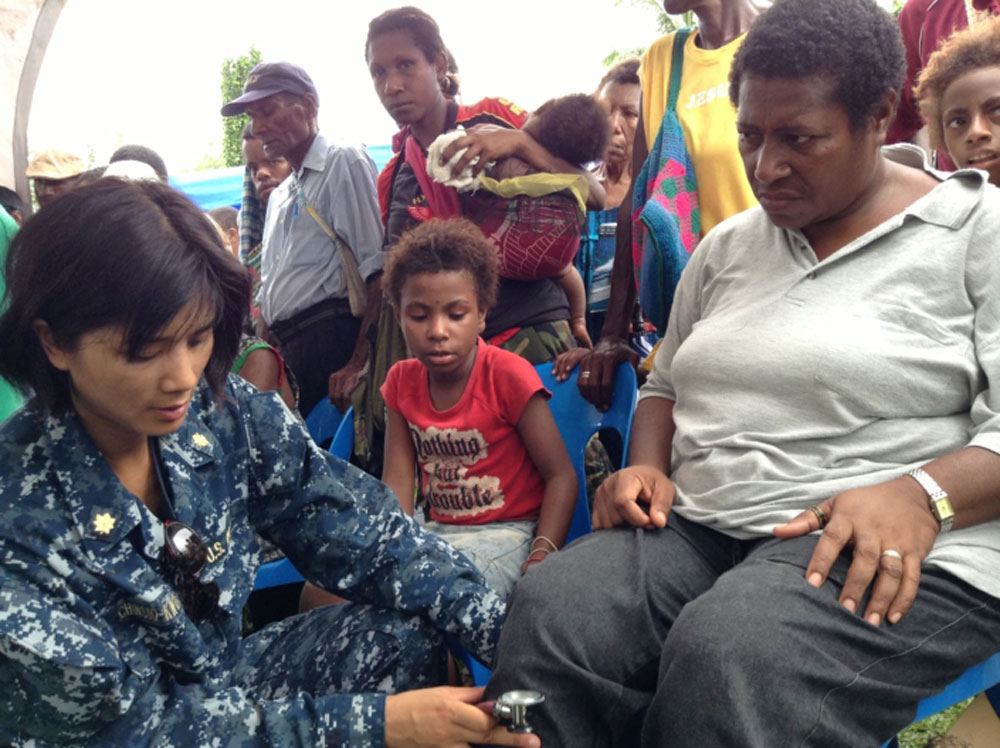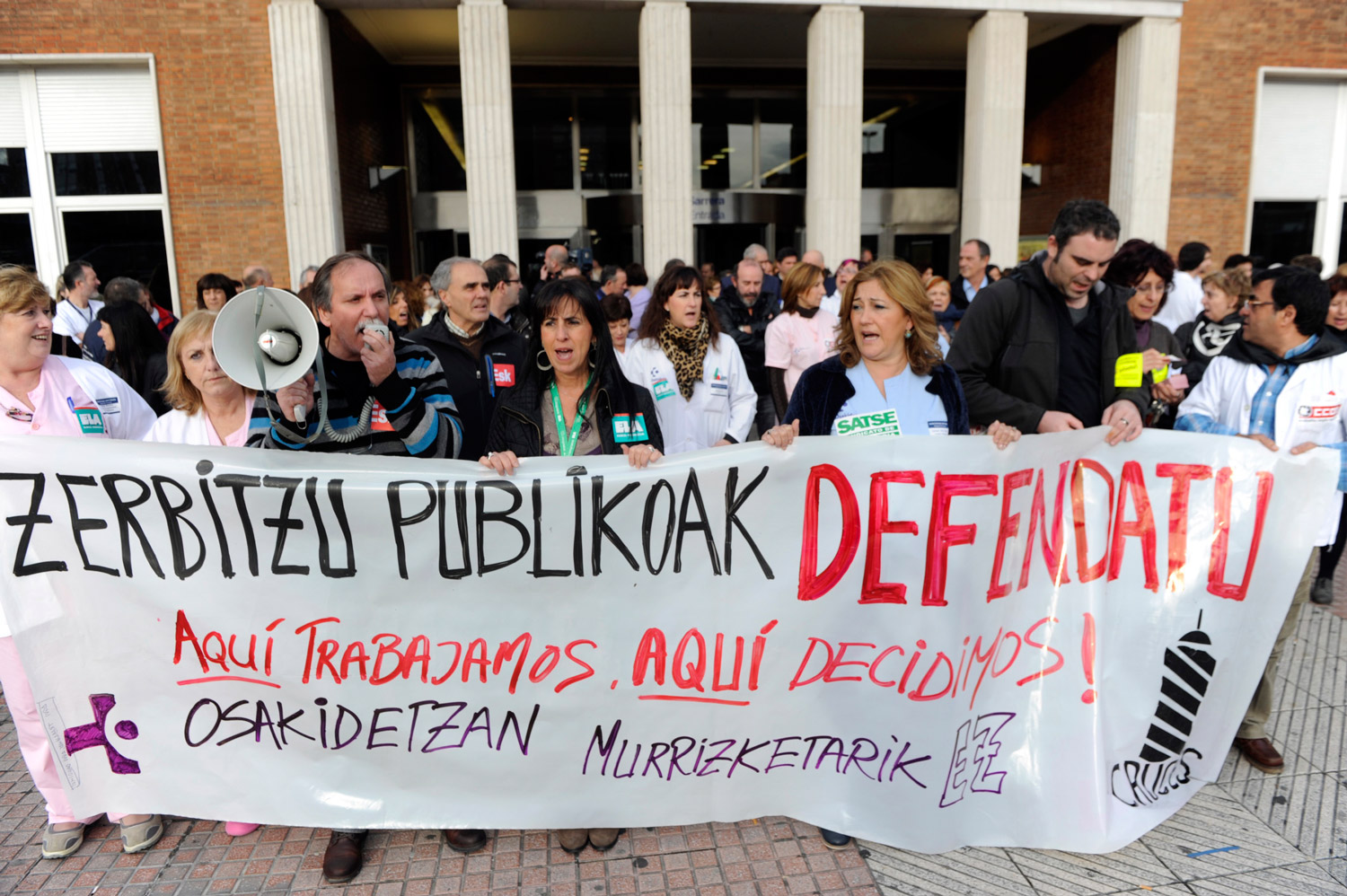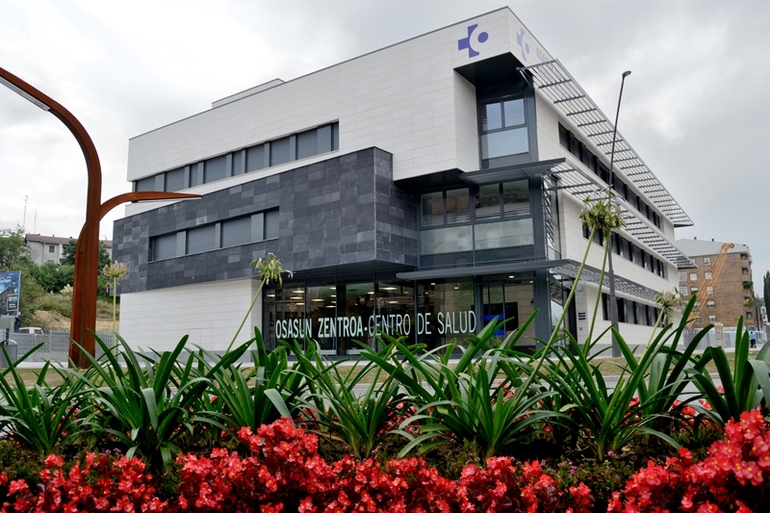"The tick needs time to spread the disease, except on the same day there is no risk"
- The researcher Aitor Cevidanes tells us about the presence of ticks or ticks, tigers mosquitoes on the one hand, and the species present in the Basque Country on the other. We have asked him about the risks they have in relation to health and the environment, about the false beliefs of citizens and about the consequences of climate change and human interventions.
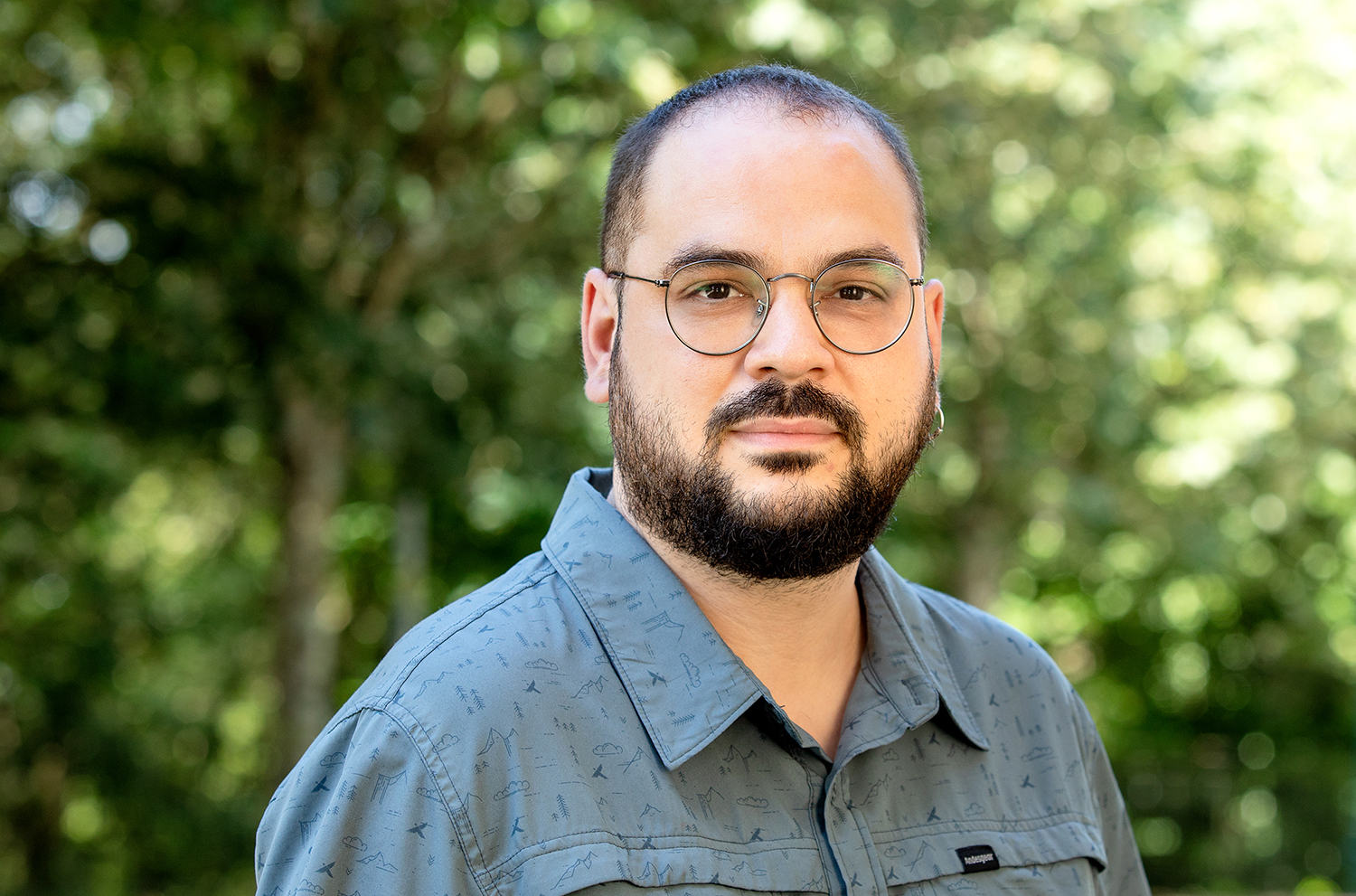
Aitor Cevidanes Miranda, researcher at the Animal Health Department, is a member of the Basque Institute for Agricultural Research and Development, Neiker. We have listened and approached him in the summer courses of the UPV to clarify some doubts.
What do we have to know about ticks and what types and where can we find in Euskal Herria?
They are arthropods, not insects, and they belong to the arachnid family. In Euskal Herria the most abundant are the Ixodidae or hard ticks, which feed on blood, inflate as they fill with blood and greatly increase size. Larva, nympha and its parasitic cycle phases have arrived, and in all its phases it needs to be fed with the blood of an animal.
In Euskal Herria we have nineteen species, and the queen of the Basque Country, which we found when we go to the mountain, is Ixodes ricinus (we have not yet decided how to name it in Basque). 90% of those who bite us characters are Ixodes ricinus, it is common in forests, in meadows… and against what many think, they don’t like the sun, they need a lot of moisture and that’s why they like forests, not extensive fields. If you don't feed animals around, you won't find ticks either. In addition to humans, it is able to parasitize many animals, whether domestic animals (dogs, sheep, cows…), wild mammals (deer, deer…), birds or reptiles.
Should we be concerned about the bite of this species?
This species contaminates Lyme disease, so Euskal Herria is an endemic area with respect to this disease (the Ixodes ricius does not like the heat of the southern peninsular). Therefore, it is a risk to keep in mind, but without intimidating, because according to recent studies, only 1% to 2% of this type of capers carries within themselves the Borrelia bacteria that contaminates the disease. In addition, there are two other factors: on the one hand, to spread the disease (for the bacteria to pass into our blood) the tick has to pass at least 24-48 hours, so if we remove it from the mountain and remove it on the same day, there is no risk. On the other hand, the symptoms of the Borrelia bacteria are easily identifiable: in the days or weeks following the bite, migratory erythema (some circular traces on the skin) or fever appears on the skin, where it goes to the doctor and is easily cured with antibiotics. It is worse not to diagnose it in time, because if it is chronic it is difficult to diagnose it and treat it later.
We have to get used to going to the mountain with long pants or with the skin as covered as possible, even in summer, especially to forest and similar areas.
"The tick we have in Euskal Herria spreads Lyme disease, but only 1% to 2% carries within the Borrelia bacteria that spread it."
On the return of the mountain, looking good at the body and taking off the cap, there is no danger. How to remove the tick?
You should never use oil or petroleum jelly, or smoke with bristles, although we have already heard of it. In fact, if as a result of these kinds of actions, we stress the tick, we flush it all down the mouth and increase the risk of the bacteria entering our blood. Let the cap cool, take it with tight mouth tweezers and pull it out slowly. Then the wound was washed with soap and finished.
But there’s a certain fear that if we don’t get the ticks to go well, part of it can stay inside and it’s dangerous…
There are many myths, because if the head stays inside, it would lay eggs inside our body. But no, although we have to try to get it whole, although some part remains within us, in principle disinfected and clean will not cause problems. That the head has stayed inside our body? The wound can become infected, so it is convenient to clean it and disinfect it well, but it will not contaminate any illness.
Can Ixodes Ricino contaminate other diseases?
It can infect Alpha-Gal syndrome if the mammal passes the Alpha-Gal molecule in his blood to the human blood. The conclusion is that when we eat red meat it would cause an allergic reaction, so it has been called “the tick that makes it vegetarian.” It can also infect other bacteria, but it is not common. Congolese hemorrhagic fever, Crimea, has spread in various media, has appeared in some parts of the Spanish State, but here the tick that spreads it has not spread, it is only in the south of Álava, and we do not know if there is the disease in Euskal Herria.
"There are many myths, if the head of the tick stays inside so it's going to lay eggs inside our body, but it's not."
In summer, red alarms usually emerge, or at least they're noticed in the media.
A phase of Ixodes ricius can be found throughout the year, if the larva is not nympha or adult, so we will not only find it in summer, but they do begin to increase in spring, due to the explosion of larvae and the presence of much larger nymphs, and in spring and summer it is more common to find a tick in the mountain.
Is it true that they have increased in recent years?
Perception is that, awareness is also higher among citizens and we pay more attention, but at the moment there is no scientific data to indicate that there is more data. We've started a fair project with other territories in the Pyrenean area, to see if in the same places where we took data 20 and 30 years ago, the number of samples has changed, or if it's just a matter of perception. The study will also serve to find out if the prevalence and potential transmission of layers carrying the bacteria has changed.
On the other hand, the climate emergency can cause changes, cycles can recover faster by heat, etc., but in our case, as this species of ticks seeks moisture and freshness, climate change may bring with it the opposite and decrease. It's yet to be seen. However, it can be a damaging consequence of the climate change that Crimea has spread to the Basque Country the tick that transmits the Congo haemorrhagic fever, due to its Mediterranean and warm climate.
From the point of view of biodiversity, the food chain or the parasitic cycle, you are interested in working the hat at school.
First of all, by proximity. They're animals around us, and we don't have to go to the savanna to learn the trophic chain. And on the other hand, because they are the right model to understand biodiversity in a global way and in its complexity, both from the point of view of the relationship between these animals, and from the concept of the only health that is mentioned today. The health of ecosystems, of animals and of humans are united together, the changes we produce in ecosystems can influence us, and claws are an example of that. Several studies have shown that if the density of animals present in a particular ecosystem is modified, for example, if certain species are eliminated, the cycle of ticks and the pathogen may be affected, for example, by the proliferation of ticks, which would lead us to the return of humans.
Are there animal species that decrease, increase ticks?
The tick contaminates the bacteria, but the deposit of the pathogen or the host is another animal, and there are very good hosts (animals that generate many bacteria) and other worse ones; if our ecosystem is simplified, if some species disappear and are more deposited, we will have more positive ticks and therefore more risk to us.

You have developed a dyptic with useful information about capers and mosquitoes, among other things, to distribute teachers in the schools that go to forestry school. Do mosquitoes also raise public concern?
In mosquitoes, we've launched ourselves into a new scenario. In Euskal Herria we have never taken them into account, they became problems when we went to the campsite or with the van where we were going. Here, from time to time, some mosquito was biting us, at night, with the window open… But in recent years there has been a paradigm shift: we have gone from disturbing at night to receiving many bites during the day. The reason is the tiger mosquito. This invasive species arrived in the Basque Country ten years ago, on the side of Behobia and Irún, and has multiplied in the vicinity of the cities, especially in the urban areas of Bizkaia and Gipuzkoa, as it is one of the characteristics of this very urban mosquito.
This species is not able to fly long distances, over 200 to 500 meters, so close to the area where we've received the mosquito bite will be the nurseries of these mosquitoes, or what's the same, the cumulative water they need to grow. Due to the fact that they need a very small volume of water, we find ourselves around the plate of pots, the drums and liquors to water the garden, next to the water barrel of the garden… About 70-80% of the sites where tigers mosquitoes grow are private areas, our gardens, balconies, etc. So in prevention, we citizens have a lot of individual work to do, we have to remove those artificial containers that contain water.
"Approximately 70-80% of the sites where tigers mosquitoes grow are private areas, our gardens, balconies, orchards; to avoid this, we must remove the artificial containers that contain water"
Do tigers mosquitoes have any danger?
Yes, they have. One of the main characteristics of the tiger mosquito is that it is very human to feed, we receive many bites that, in addition to producing itching and reactions, are contaminants of diseases, especially dengue, Zika and chikungunya. In the Basque Country, however, we do not have those viruses and, therefore, tigers mosquitoes here do not have the virus inside, but every year there is usually some important case that has gone abroad and that has taken the disease. If you still have the virus in your blood back, there's a risk that the mosquito will paint and infect another person, and then we'd have to talk about indigenous cases, not just imported ones. In France and Italy, for example, over 100 indigenous cases, all of them infected with dengue, have been reported in the last three years. Most cases of Denge are also non-symptomatic, so it is difficult to detect.
Any other kind of mosquito that should worry us?
In the Basque Country, 31 species of mosquitoes have been detected, of which two are invaders (tiger mosquito and similar mosquito). Only a few species tend to feed on human blood, and it should be noted that mosquitoes play a fundamental role in the trophic chain. Together with Aranzadi, we have a project to investigate the network of school ponds, those microwetlands, those most natural and artificial wells, whether there are mosquitoes, that feed on amphibians and odonates, etc. At the moment, we haven't found tigers mosquitoes in these ecosystems, and in the case of the other mosquitoes that can be found, the amount is highly regulated in an ecosystem with natural predators.

Bi erizainetatik batek lanean eraso sexistak jasaten dituela azalerazi du Erizainen Ordenak joan den urte bukaeran egin ikerketak. 21.000 erizainek ihardetsi dute, sektore pribatu, publiko eta liberaletik. Hauetan 2.500 gizonak dira.
These were my last words when we left, held hand in your deep breathing sleep. Your heart stayed forever without a special, simple, dignified pain. As you want and demand. How we want and respect.
Already a month before the arrival of winter, the last days of the longest night,... [+]









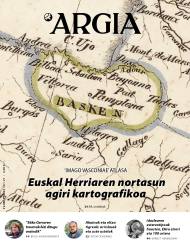


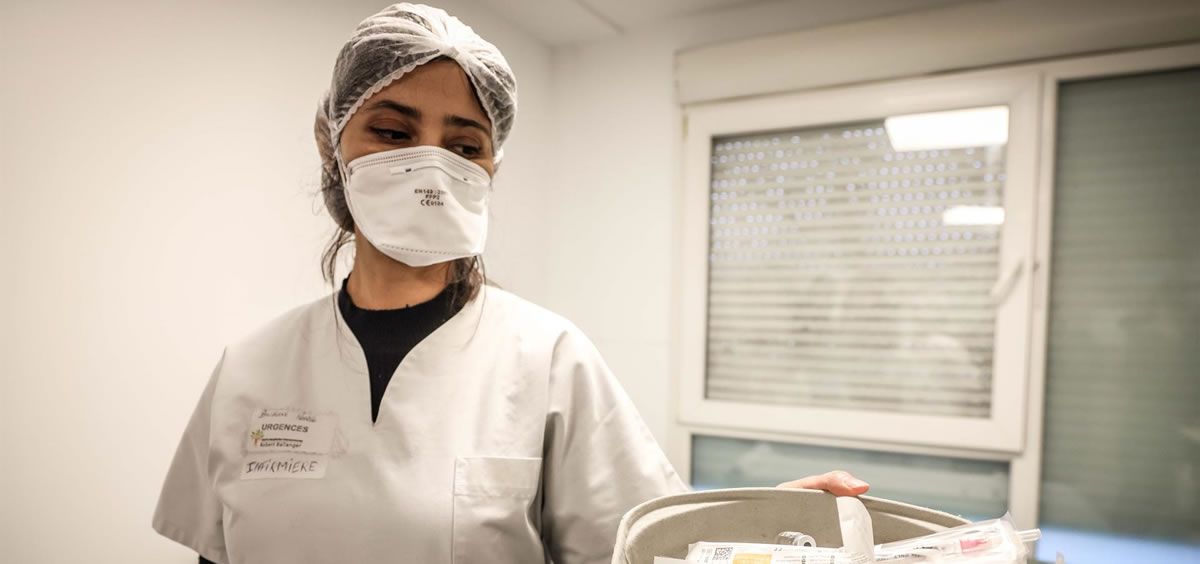


.jpg)
.jpg)

